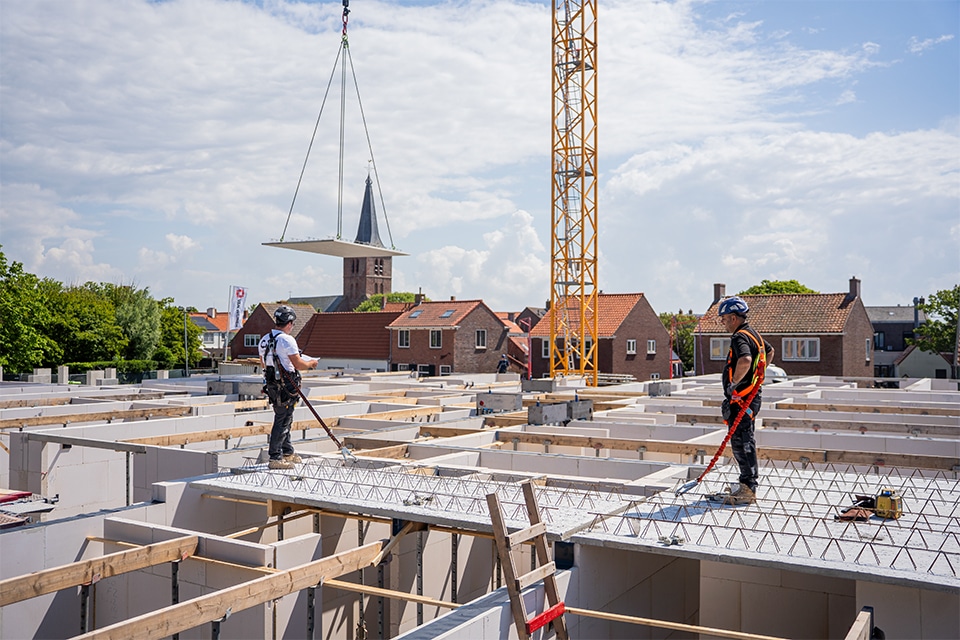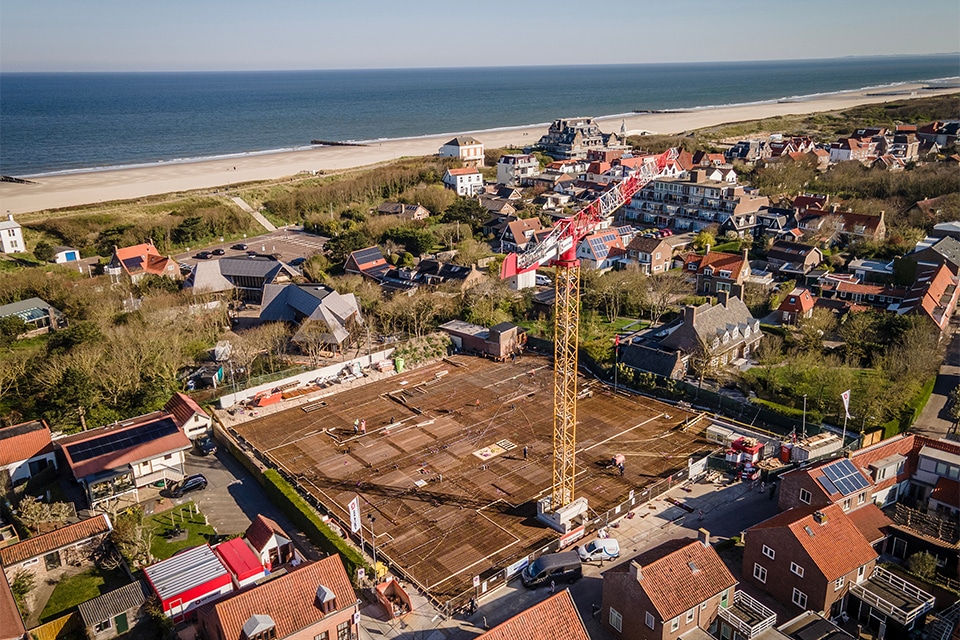
Specifications as a starting point for modular and circular construction
In high-rise projects, there are high requirements for insulation, wind and water tightness. "Vianen responds to this with high-quality and façade-sealing HSB façade elements, which give wind, moisture and drafts no chance," says director Oene Wassenaar. "For the engineering of these prefabricated elements, in recent years we have depended on how architects design their buildings. What we are seeing now, however, is that more and more parties are reversing the process. They are very deliberately incorporating their suppliers' specifications into the modeling. The result is building designs that are already suitable in advance for the participating partners." Opportunities also arise for modular and circular construction. "By designing buildings in uniform grid sizes and detachable, for example, reuse in the future is taken to an even higher level."
"Together with our chain partners, we are investigating how to link building components as efficiently and detachably as possible," Wassenaar says. "From high-rise to ground-level housing. Here we pay particular attention to sustainability, construction speed and construction costs. But also to the house floor plan. What does the ideal house plan look like in 2022? For both single- and multiple-person households? And what kind of modules are needed for this?"

Of course, the facade element is only one part of the house, Wassenaar emphasizes. "But it is a very important part. For example, when you look at insulation and shading. How do you keep a home cool in the summer and warm in the winter? How do you create perfect wind, water and soundproofing? And how do you ensure optimal daylighting? Prefab and modular construction is always the answer."
Vianen's modular façade elements have fixed height and width dimensions, which are exactly matched to the frames, windows and glass fronts that come in them. "Regardless of whether the elements are placed in or in front of the building shell: all elements are completely prefabricated in our factory in Montfoort, where we work under the best labor and climate conditions," said Wassenaar. "Moreover, we can fine-tune our processes even better here, making tolerances smaller and more correct. This allows us to perfectly meet today's housing needs: creating affordable homes that meet all comfort and energy requirements and that can also be built quickly and detachable."




